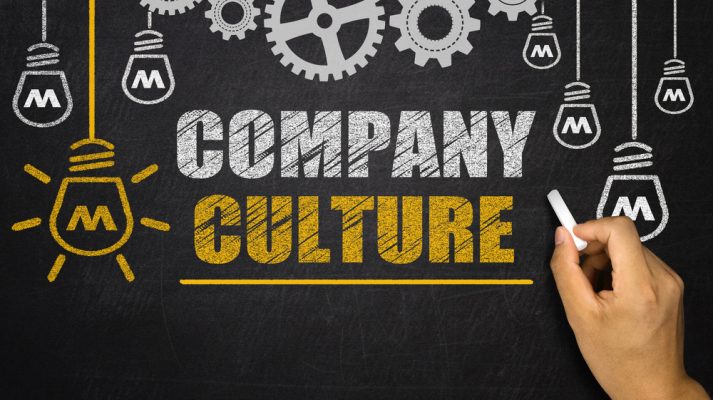
Digital accessibility means disabled people can use and interact with technology and digital content. It is about good design, development, and coding; appropriate testing and training; an inclusive workforce, and a host of other details.
Accessibility is not a “one and done” thing. It’s an ongoing commitment to including all users in all technology.
Mistakes and back sliding are less likely with a culture of accessibility.
In this post you will find links to articles about accessibility culture. As with all information on this website, nothing here is intended as legal advice or as a comment on the accessibility of an organization’s particular technology or content at a particular time. And I know many companies with solid accessibility programs who haven’t talked publicly about the culture that makes it happen. Maybe now they will.
Jump to:
Why a List of Accessibility Culture Posts?
A while ago I noticed that organizations were starting to come out about their accessibility culture. I’ve created this page to keep track of those public statements, blog posts, and interviews. I hope the list here will encourage others to develop and build on their own accessibility culture — and to tell their stories to the world.
Know something that should be posted on this page? Please let me know.
In 2013 I undertook a similar effort when I began keeping track of Accessibility Information Pages, also known as Accessibility Statements. Accessibility Statements were a standard element of digital accessibility agreements reached in Structured Negotiation, and I was proud of our negotiating partners who publicly shared their efforts. I wanted to spread the word.
Today, the European Union Web and Mobile Accessibility Directive requires public sector bodies to publish Accessibility Statements. And the UK has recently published requirements for what is needed in the statement. At least one court in the United States has ordered a company to “make publicly available and directly link from its homepage,” a statement of its Accessibility Policy.
Let’s hope for a similar expansion of public conversation about accessibility culture.
Back to topPublic Statements about Digital Accessibility Culture
Read about accessibility culture from these organizations:
- BBC: Accessibility, News and You
- Blackboard: A Culture of Accessibility Thinking
- Capital One: Web Accessibility: The effort at Capital One Bank
- Dropbox: Creating a Culture of Accessibility
- Drupal: Building in Digital Accessibility
- eBay: Creating a Company Culture that Promotes Accessibility
- Financial Times: The case for accessibility
- The Guardian: Championing Accessibility at the Guardian
- IBM: The Accessible Workforce
- Microsoft:
- Seamless: Web accessibility is everyone’s job
- Shopify: Creating an Accessible Culture
- Slack: Designing Slack for Everyone
Other Resources about Digital Accessibility Culture
Here are some articles about accessibility culture generally, not written by or about a particular organization showcasing its efforts:
- Planning and Managing Web Accessibility (significant resources from the Web Accessibility Initiative on initiating, planning, implementing and sustaining an accessibility program)
- Building a Culture of Accessibility: Leadership Roles, by Dennis Lembree on the Deque Blog
- Recipe For Staying Ahead Of The Legal Curve: Bake Accessibility Into Your Organization, post on this website about a 2018 CSUN presentation given by Lainey Feingold and Microsoft’s Sue Boyd.
-
How to create a culture of accessibility, blog of Lebsontech LLC User Experience Consulting
- Instituting A Culture Of Accessibility In Your Organization, by Eric Bailey on the Cantina Blog. Also see Part 2 of that blog post
- Building Accessibility Culture, article in Model View Culture, A Magazine about technology, culture, and diversity
It Takes a Community
At its best, working in accessibility is not just having a job. It’s being part of a community. And a global one at that. This post would not be possible without that community.
Recently I asked on Twitter for examples of the accessibility culture posts that are now included in this article. Thanks to everyone who shared that tweet. Special thanks to
- Dennis Lembree who sent the first response to my tweet
- Carolyn MacLeod who sent me the list she keeps
- Carine Marzin who connected me to….
- Alistair Duggin who had the same thoughts as I did, only a year earlier when he created a Twitter thread linking to many of the posts included here.